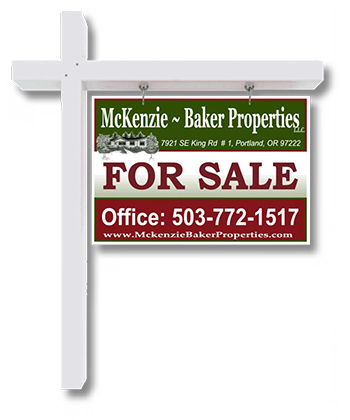Multnomah County is situated midway between a low coastal range to the west and the higher Cascade Range to the east, each starting their rise about 30 miles from the city. Both ranges are visible from the city. The natural landscape is heavily forested with large, coniferous trees. The climate is marine with a strong winter rainfall pattern. Almost 90% of annual precipitation occurs October through May. July and August are almost completely dry. There are only 5 days each year with measurable snow. The winter season is characterized by relatively mild temperatures, cloudy skies, and rain. Occasional cold spells with snow and freezing rain can occur when continental air invades. Summer produces pleasantly mild temperatures, northwesterly winds, and very little precipitation. Cities include Fairview, Gresham, Maywood Park, Portland, Troutdale, Wood Village.
Like its monikers, Portland is pretty unique. It has world-renowned chefs and hundreds of food carts; art in theaters and outside on the street; the world’s largest independent bookstore and highest concentration of craft breweries; a huge urban forest; and a bridge reserved for bicyclists. This isn’t your typical city. If Portland wasn’t so different, it wouldn’t be Portland.
Today’s Portland area is a wonderfully well-evolved, progressive and cosmopolitan Pacific Northwest center located at the junction of the Willamette and Columbia rivers, Originally founded as a trading center, Portland first grew during local gold rushes but then evolved first into a forest and food products processing and shipping point, now more recently into a center for the knowledge economy. The greater Portland area includes Vancouver, Washington across the Columbia River. South of the Columbia, numerous neighborhoods and communities spread east, south along the Willamette River, and west up into wooded plateaus west of downtown.
Downtown Portland is almost a perfect model for what today’s larger city should look like. Set along the banks of the Willamette, the downtown core is clean and modern with a financial district, well-patronized downtown shopping and several parks. Just north is the more historic Pearl District, anchored by the restored Portland Union Station tail hub and its famous “Go By Train” neon sign at the top. The surrounding streets are studded with small restaurants and businesses in well-maintained older brick buildings. The downtown population is steadily growing with new riverfront high-rise units and a number of Pearl District residential developments. The city has excellent destination museums, cultural amenities and entertainment venues in an interesting blend of modern and historic facilities.
Likewise, many of the neighborhoods radiating from the city’s core and especially south and east maintain this good balance of old and new. Areas close in are gentrifying and becoming more expensive, causing some dislocations among longtime residents. Older tree-lined streets and boulevards are framed with well-kept late Victorian and early 20th century bungalow style homes and plenty of small street-corner restaurants and businesses. Most of these neighborhoods are set up well for walking and using the area’s good public transportation facilities.
Excellent intercity rail service is also present mainly in the form of the Amtrak Cascades, connecting Eugene, Oregon to Portland, Seattle and ultimately Vancouver B.C. Recreation and outdoor activities abound at the coast, 60 miles west, and the Oregon Cascades and Mount Hood ski area, 50 miles east. Rugged and interesting Cascade mountain areas northeast and southeast offer plenty of outdoor recreation and skiing, and the Columbia River is well known for watersports, (especially windsurfing).

